Why You Absolutely Need Winter Tires, Even If You Have All-Wheel Drive

Like many of you, I wasn’t always a believer in the magic of winter tires.
Short of a conspiracy theory by tire companies, I couldn’t imagine a scenario where a seasonal set of tires would do the job an all-wheel drive system couldn’t. Of course, I was much younger then, and much less sensible. Yet I hear that same excuse — that power to more wheels means you don’t need winter tires — from people much older than me, not to mention far wiser. But it took all of five minutes behind the wheel of a car equipped with winter tires all those years ago to see the error of my ways, and now it’s your turn. And yes, that includes you four-wheel drive truck and SUV owners — having all-wheel drive does not make you invincible in the snow. Believing that it does is a huge misconception, and it has to stop.
The basic rule of thumb is that if the temperature stays below about 45°F (7°C) where you live or drive during the winter months, then you should be making the switch to winter tires. And that’s no conspiracy theory; that’s science. Remember, they’re winter tires, not snow tires. Even if there isn’t any snow on the ground, the softer rubber compound used in winter tires has a lower freezing point, allowing them to remain pliable when the mercury plunges. That, in conjunction with special tread patterns and numerous crevices, called sipes, that work to pull water from wet and icy surfaces, allows winter tires to provides grip that their all-season adversaries simply can’t.
ALSO SEE: 5 Tips When Making The Switch to Winter Tires
Remember, we’re talking grip here, not traction. Those words are often used interchangeably, and while they are fundamentally the same, they are two very different — and very important — aspects of winter driving. Because traction describes the limit of friction between a vehicle’s drive wheels and the surface of the road. Reach that limit and the wheels will spin, triggering the intervention of the traction control system, which will automatically pump the brakes to counteract the slippage. Grip, meanwhile, is the level of adhesion to the road surface, and it’s crucial even to wheels that aren’t receiving power. It’s also how a vehicle can slow itself to a halt — all-wheel drive does absolutely nothing to help you stop a car. And it’s the combination of both that gives winter tires their insurmountable edge over all-wheel drive.
And for those money misers out there who are worried about the additional cost of an extra set of tires, don’t forget that running two sets of tires throughout the year will prolong the lives of both by reducing wear. If you still can’t justify the cost, you’ve officially placed a dollar value on the safety of yourself and others.
All-wheel drive is great when it comes to traversing snow-covered roads, but the misconception about its superiority in winter weather should end there. If you can figure out how all-wheel drive can slow a vehicle down any quicker on slippery roads then put it in a bottle and start selling it to the masses. But if you can’t then suck it up and head to your local tire shop. It’s for your own good.

Dan is AutoGuide.com's Road Test Editor, a long-suffering Buffalo Bills fan, and a car guy since childhood. He enjoys long walks on the beach and long drives just about anywhere the road, track or trail will take him. You'll see him driving around evaluating cars and in front of a camera talking about them. Dan is a member of the World Car of the Year jury.
More by Dan Ilika




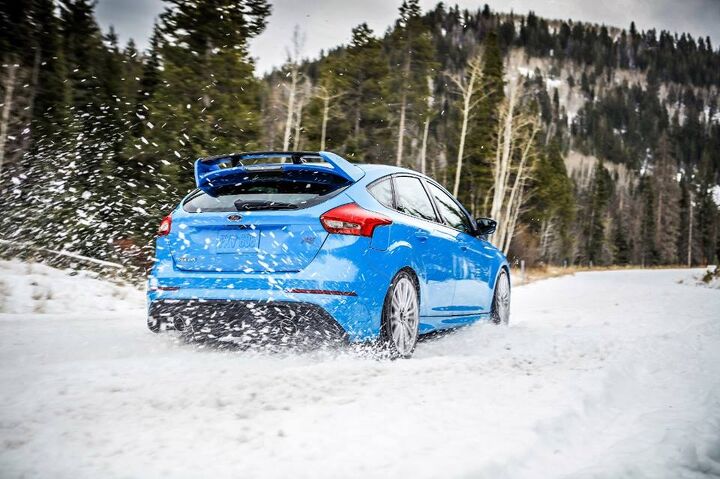













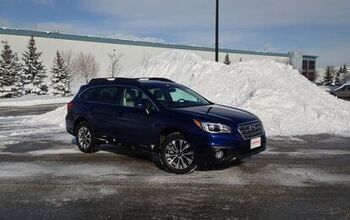






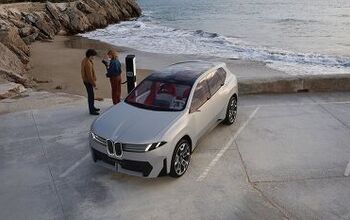
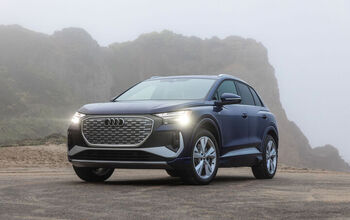



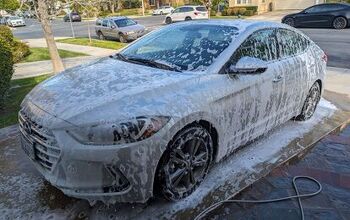


Comments
Join the conversation
There's a huge difference between keeping a vehicle heading straight, under control, and stoppable while heading down a roadway with a couple inches of snow at 20-40 MPH (backroads or straight highway) and being able to drive through 1 ft of snow reliably, snow banks around the intersections or end of the driveway, or snow drifts that form during a storm with wind. The difference is those AWD cars and crossovers are outstanding for handling on the roadway in light snow, far better than a truck, but are not a replacement for a truck when it comes to heading through an all-out blizzard where you encounter pockets of deep snow. The AWD cars pass me on the highway in light snow conditions all the time in my truck and make me look stupid in the truck - they effortlessly stay under control at 50 when I'm white knuckling to hold 35. When there is a foot or more of snow on the road, or driving through snow banks and drifts that form in the street under very heavy conditions the crossovers and AWD's get stuck, those lower sitting unibody vehicles get lifted practically off the wheels and it's game over, while in those conditions most trucks, real Jeeps and SUV's can churn themselves through a couple feet of deep stuff. Whatever you are driving you can't beat a soft set of aggressive tires in the snow. Snow tires for cars, or soft/aggressive AT's or mud tires for trucks. The trouble with all such tires is they just don't last very long and don't necessarily give you the best ride, however it's not terrible either. Something else important on the subject is 4WD is not 4WD is not all wheel drive. Most all wheel drive vehicles are really only turning 2 wheels at a time, one front and one rear - good for stability and handling but bad as far as getting stuck. Some trucks are the same way, only spinning one front and one rear at a time.. GMC auto locking posi rear spins 3 tires at a time as the rear 2 lock automatically upon slippage - good for not getting stuck, however it also makes it so that the rear end tends to spin out, you have to drive them differently.. Then you have a few vehicles with locking fronts and rears (certain Jeeps are the only thing that come to mind) - outstanding for not getting stuck, practically impossible to get stuck under any reasonable condition, but a very bizarre thing to run down the road at speed.
I'm recently retired and drive south in the winter during 1Q, typically for 4-7 weeks. So if I put winter tires on either car to be driven south I really have 6 weeks in Dec-early Jan then another 4 weeks of Mar that needs winter tires. It might be nice to have them driving through TN or OK depending on where we go that winter, but won't driving for weeks in 60-80 degree weather wear them down fast?? I don't think there is a good solution here other than what I've been doing getting the best rated all season tires year round